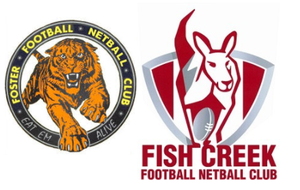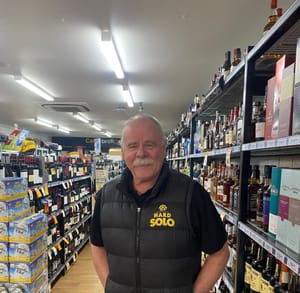Horrifying new data from the Australian Institute of Health and Welfare (AIHW) has revealed the scale of the crisis facing homeless children and young people across Australia - a crisis that is also playing out in South Gippsland.
The figures show more than 13,000 children sought help from specialist homelessness services last year without a parent or guardian. Three in four of those who were already homeless when they asked for support remained homeless after their case closed. Even more disturbing, 520 children who had been in contact with homelessness services over the past decade have since died, with suicide the leading cause of death for 12-17 year olds.
Chris Gambian, Executive Director of Australians for Mental Health, called the statistics “absolutely heartbreaking.”
“Having a stable and secure home is critical for mental wellbeing, especially during developmental years,” he said. “Australia cannot accept children dying because they are in situations they have no control over.”
Locally, the Gippsland Homelessness Network (GHN) reports the problem is worsening. In 2024–25, 3,644 households accessed homelessness entry points across Gippsland, including Leongatha, which serves Bass Coast and South Gippsland. Of these, 572 households, almost 16 per cent, were sleeping rough in cars, tents, or the open. This represents a 32 per cent increase in just one year.
Youth services are stretched to breaking point. There are only 16 refuge beds available across the entire region, despite 132 young people needing refuge support last year and almost 200 more receiving community outreach. Many teenagers, often fleeing violence or neglect, have nowhere safe to turn.
Chris Macnamara of GHN said the lack of resources is leaving young people stranded. “We simply don’t have the social housing stock,” he explained. “At best we can provide crisis accommodation in a motel for a few nights, but there is no long-term solution. The waitlist for public and community housing in Gippsland sits at more than 7,500 households. For many young people, there is no pathway out.”
The causes are complex. Family violence rates in Gippsland are among the highest in Victoria, while cost-of-living pressures and rental vacancy rates below two per cent are pushing more families and young people into homelessness. Children leaving foster care are particularly vulnerable, with research showing almost a third will become homeless within three years.
The toll on mental health is profound. A 2025 survey by Melbourne City Mission found 69 per cent of unaccompanied children in its homelessness services had experienced suicidal thoughts or attempts. In Victoria, youth suicide rates jumped 86 per cent between 2022 and 2023.
Advocates argue the situation is not hopeless, but it requires urgent investment and coordination. Big Brothers Big Sisters Australia has released new research showing mentoring programs could reduce youth suicide by up to 20 per cent, saving both lives and millions in economic costs. “Mentoring is one of the most cost-effective interventions available,” said CEO Mark Watt. “For around $10,000 a year per young person, we can make a lasting difference.”
At the housing level, sector leaders are calling for a national action plan to create dedicated housing and support for adolescents who cannot return home, as well as respite and intensive casework for younger children. Locally, there are calls for stronger advocacy from councils to ensure that major infrastructure projects, such as offshore wind developments, include requirements for workers that will eventually be handed over to housing providers and become community housing.
For South Gippsland, the stakes are high. Without action, homelessness and suicide among young people will continue to rise, with long-term impacts on the region’s social and economic wellbeing. But with targeted investment in housing, mentoring, and early intervention, advocates say the cycle can be broken.
“Every child deserves a safe place to live and a chance to thrive,” said Homelessness Australia CEO Kate Colvin. “The cost of doing nothing is measured in young lives lost. That should be unacceptable to all of us.” David Barrett



